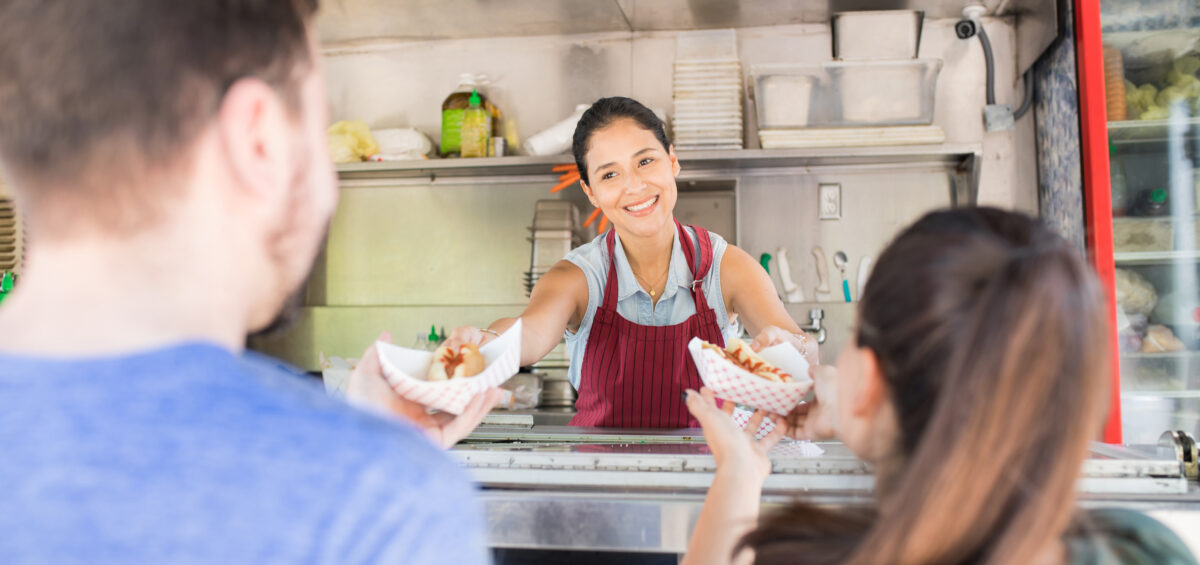Running a restaurant is like conducting an orchestra—every section must be in sync to create a seamless experience for both staff and customers. A well-optimized workflow ensures efficiency, reduces wait times, and boosts profitability. Below, we break down the key components of a successful restaurant workflow.
1. Front-of-House Operations
- Efficient table management
- Seamless reservation and seating system
- Quick and friendly customer service
2. Order Management
- Integrated POS system for accurate order-taking
- Real-time communication between servers and kitchen
- Digital menus and self-service kiosks for speed
3. Kitchen Efficiency
- Organized workstation layout for smooth prep
- Inventory tracking to minimize waste
- Clear order display system to reduce errors
4. Back-of-House Operations
- Automated scheduling to optimize staffing levels
- Supply chain management for consistent stock
- Regular maintenance of equipment to prevent downtime
5. Payment & Checkout
- Multiple payment options (contactless, mobile, cash)
- Fast and secure transactions
- Customer feedback system for service improvement
A successful restaurant workflow doesn’t happen by chance—it’s a combination of smart technology, efficient management and a well-trained team. By fine-tuning each component, restaurants can ensure a seamless operation that leads to happy customers and increased profitability.











